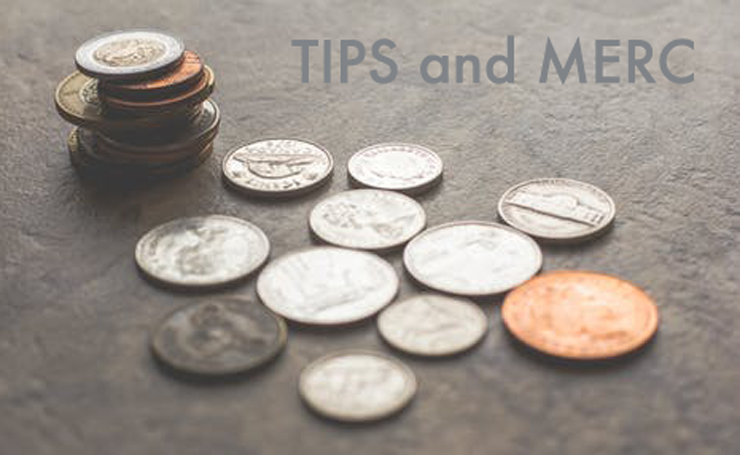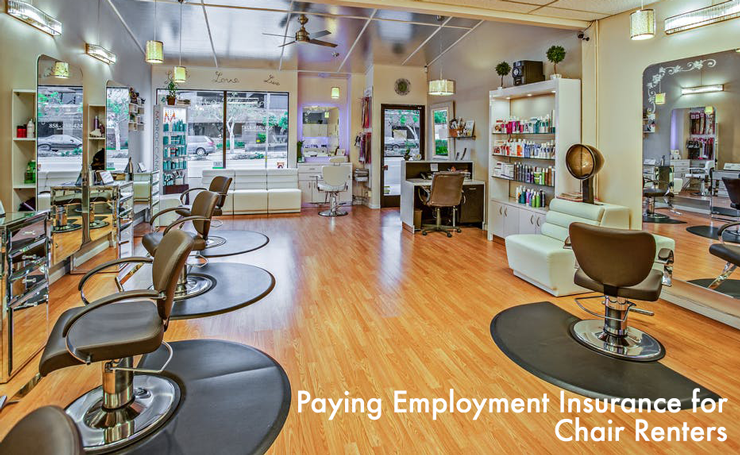beauty careers,handshakes,nail technicians,spa jobs,speed waxing,waxing training
What does your handshake say about you?

Do you shake your client’s hand the first time you meet them or do you believe it is an antiquated practice?
The estheticians of yesteryear were trained to shake the hand of the client as they introduced themselves for the first time. In fact, many estheticians trained abroad still practice the handshake.
Call us old fashioned, but we still believe in the handshake. It’s a show of respect and professionalism. Shaking your client’s hand when you first meet them adds a touch of class to your salon or spa.
WHAT DOES YOUR HANDSHAKE SAY ABOUT YOU?
People use different handshakes. It is important to know what message your handshake is sending to the receiver.
Types of Handshakes
• Jell-O hand: this handshake is often interpreted as a sign of passiveness, weakness, lack of energy, or drive. This handshake tells your customer that you are lacking confidence in your position. For the receiver of this handshake they can be left feeling awkward after this limp shake.
• Death grip: this handshake is aggressive and firm, but often too firm for the receiver leaving their hand feeling numb or pained. Although the giver of this handshake is attempting to portray dominance and assertiveness, it can be seen as overly aggressive or offensive in some situations. This handshake is not appropriate for the nature of the beauty industry and should be avoided in customer service.
• Hand Cradle: this handshake is used as a display of affection. The giver of the handshake can use this as an opportunity to show the receiver that they are protective, caring, and trustworthy. It is most commonly used and most appropriately used between individuals who share a bond or emotional connection. Similar to a hug, it can be considered inappropriate in a customer service setting, or first interaction.
• Missionary: this handshake is a display of dominance. It involves the giver turning their palm down leaving the other individuals palm turned up. The giver in this situation is showing that they feel superior or dominant over the other individual. This handshake should be reserved for situations in which a powerful statement is to be made. Refrain from using this handshake in customer service situations, or with your authority.
• Lady fingers: this courteous handshake is used by women when greeting a man. It is used to keep distance between the lady and her greeter by extending her arm towards him and allowing only her fingers to be grasped. This handshake is not inappropriate in a customer service interaction, even with male customers.
• The go-to shake: this handshake is appropriate for most situations as it is neither overpowering nor lacking in confidence. This handshake involves a comfortable grasp and a quick 3 second shake. Both parties’ hands are vertical and exert an equal amount of pressure. This handshake tells your customer that you are a professional and consider them equals in your interaction. Always ensure you are making eye contact with your greeter when shaking their hand. TIP: If the person is holding your hand for too long gently place your other hand over theirs and pull away.
Are you interested in joining the beauty industry? ESG is a Beauty Industry Resource Centre. Our Career and Employment Consultant is ready to help you design a career path that is right for you!
We recommend starting off with esthetics basics like Waxing.
Looking for jobs in beauty? Try our job bank.
Visit our job bank for Beauty jobs in Edmonton and area. It is Alberta Beauty Industry- focused and contains up-to-date job listings in Alberta. ESG offers short training courses to help you reach your goals one step at a time.



